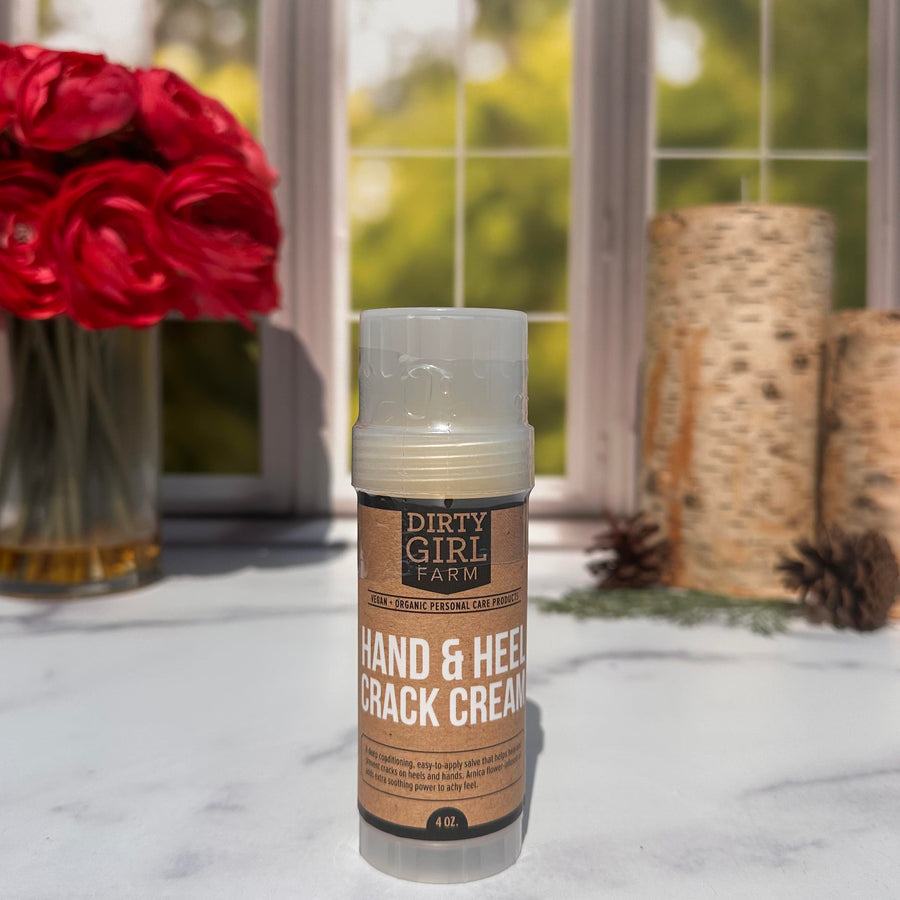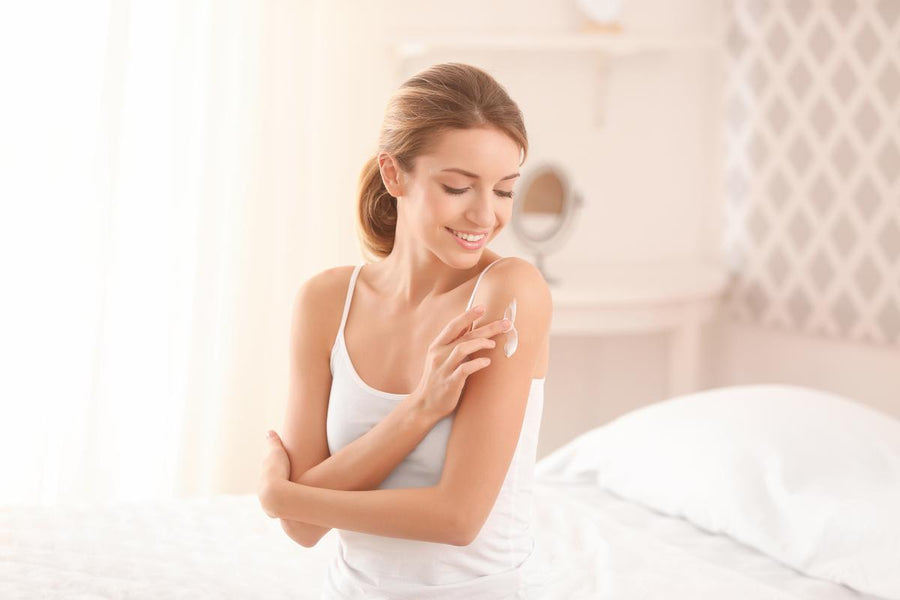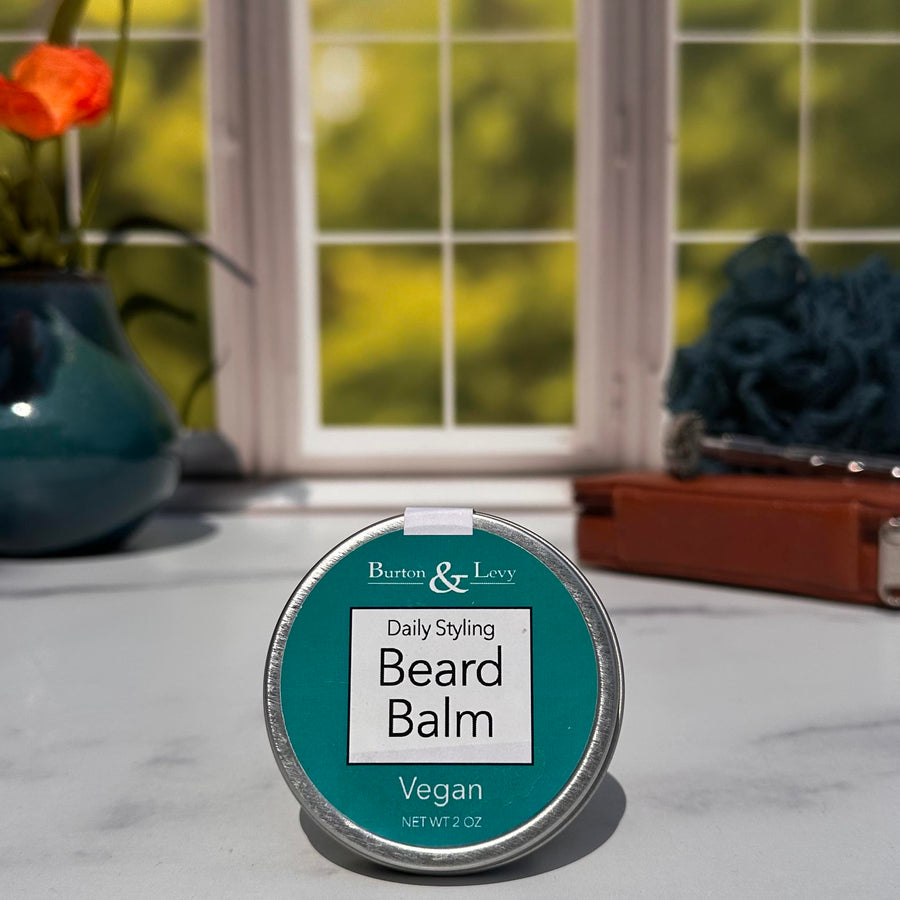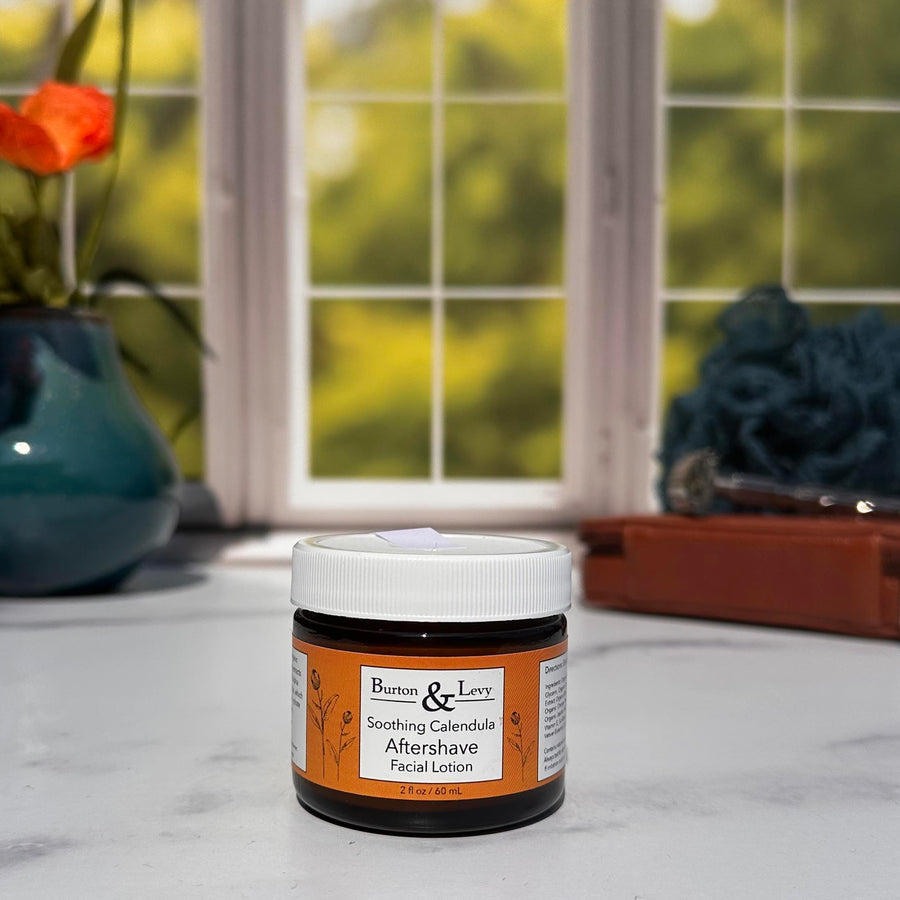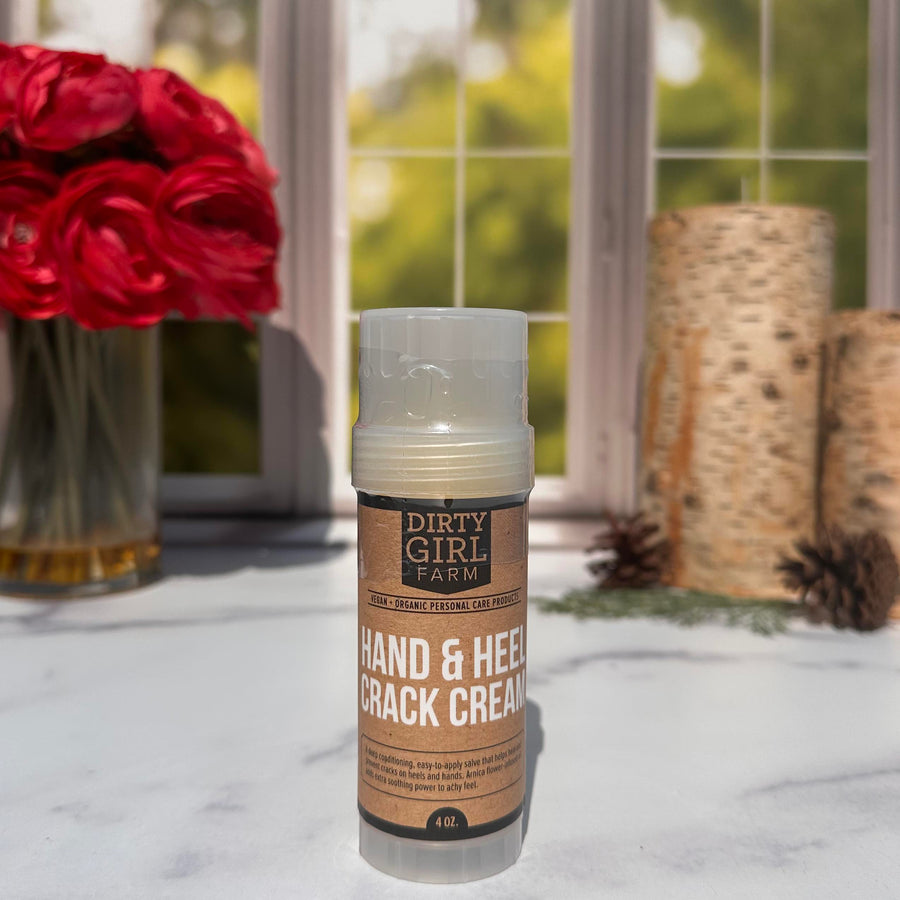8 Sunscreen Myths You Need To Know

Woot! Woot! The summer season is upon us, so now is the perfect time to go over some myth busting about sunscreen. We all want to look great in the summer (all year, truthfully) but looking great shouldn’t come at the cost of our health, so we hope busting these myths, will help you take extra care of your skin so you can stay healthy!
Myth #1: Sunscreen Is Only Necessary on Sunny Days
I think most people know this by now, but it is definitely worth repeating. You need sunscreen EVERY day, even in the winter. Did you know that up to 80% of the sun’s UV rays can pass through clouds and penetrate your skin? That’s a whole lot of the sun’s harmful rays, which means, even on cloudy and overcast days, your skin is at significant risk of damage, and sadly, that damage may not show up for years or even decades.
Myth #2: Laying Out In The Sun Is Necessary to Ensure I Have Sufficient Vitamin D
While it is true that Vitamin D is very important to our overall health, and that sunshine is a natural provider of Vitamin D, that does not mean you need to bask in the sunshine all day long. In fact, most people get enough Vitamin D with the foods they eat and their normal outdoor activities. However, if you are deficient in Vitamin D, it is better to have a doctor prescribe you the vitamins then try to get what you need from the sun.
Myth #3: Higher SPF Equals Better Protection
While it’s seems logical that this would be true, it’s not necessarily true to the extent some sunscreen makers would want you to believe. Wearing sunscreen with an SPF protection of 30, provides protection for about 97% of UVB rays. A sunscreen with SPF 50 can protect you from about 98% of the UVB rays.
Even sunscreen that has a 100 SPF does not block all the UV rays (more on that in the next myth). The risk with going higher in SPF is that it often makes you feel more protected from the sun and you may be inclined to stay out longer without reapplying, which is incredibly dangerous for your skin. Regardless of the SPF protection, it is recommended that you reapply sunscreen EVERY 2 hours.
Myth #4: Sunscreen Can Block All UV Rays
Soooo not true! Not only because there isn’t a sunscreen available that protects against 100% of UV rays, but many brands only protect you from UVB rays. There are two types of UV rays…UVA and UVB. UVB rays are the ones that can cause you to burn, which is why many of the sunscreens protect you from the majority of those. However, UVA rays seep deeper into the skin and can cause long term damage (think premature aging and skin cancer). It’s important when choosing sunscreen that you search for a broad-spectrum sunscreen that protects against both UVA and UVB rays.
Myth 5: Only Older People Get Skin Cancer
According to MD Anderson, for young adults between the ages of 25 – 29, Melanoma is the most common form of cancer. That is a shocking and scary statistic. To add to that, between the ages of 15 – 29, Melanoma is the second most common form of cancer. So, prevention is imperative whatever your age. Further, if you were younger and had regular exposure to the sun without sunscreen and a sunburn so significant it blistered, you are at a higher risk for getting skin cancer later in life.
If you are in your 50s like me, you may well remember the “sun attraction/reflection blanket”, which was a silver, reflecting blanket that equated to the sun’s frying pan which you laid on to get a quicker and deeper tan. Holy Cow! What were we thinking? But the reality is, we didn’t know how harmful the sun really was at the time. Now we know better, so don’t leave the house without your broad spectrum sunscreen!
Myth 6: A Base Tan Prevents a Sun Burn
Oh wow! This is a myth that I believed for decades. I didn’t know what I didn’t know, and now we know so much more. According to MD Anderson, any and every tan is unsafe for your skin!! Here’s why! When UV rays come in come in contact with your skin, whether it be through the sunshine or a tanning bed, they are causing damage to the DNA of your skin cells. Your body’s natural response to protect your skin cells is to send melanin (what pigments your skin) to the surface of your skin in an effort to minimize the UV’s damage.
So, yes, you are getting a “nice tan”, but that color is occurring because of damage to your skin cells. Thinking about it that way, is it really worth it? Your tan is your body’s protective response to damage, but it can easily be further exasperated if you get burned. When UV rays are more than your body can protect and repair your skin, sun burns result.
Myth #7: Any Clothing Will Protect Your Skin from the Sun’s Rays
Not true. Light colored clothing, such as whites and pastels, generally offer little protection for your skin. Dark and bright colored clothing, actually absorb the sun’s UV rays, and as a result, protect your skin far better. However, it is not only the color choice that matters, but the fabric as well. Thin, light, and loose weaved clothing, such as white linen offers virtually no protection to your skin when compared to heavier, tighter weaved clothing, but who wants to wear heavy, thick clothing unless its winter and super cold?
Thankfully, there is a new fabric that is thin, breathable and protects your skin from harmful UV rays. This new fabric is often in clothing that is used for active wear. This type of clothing has a UPF designation, and the Skin Cancer Foundation says that clothing and hats with a UPF of 30-49 offers very good protection, and clothing and hats with a UPF of 50 or more provides “excellent” protection. Be sure to wear sun glasses that protect your eyes, and a wide brimmed hat (minimum of 3 inch width) to protect your face and neck.
Myth #8: All Sunscreens are Created Equally.
Most sunscreens contain chemicals, but according to the Environmental Working Group (EWG) more than 40% of the sunscreens on the market contain a chemical called oxybenzone, which has been linked to hormone disruption and cell damage and could lead to cancer. A safer option is to use a sunscreen that has either zinc oxide or titanium dioxide as these minerals are naturally occurring (i.e., organic) and are recognized by the US Food & Drug Administration as “generally recognized as being safe and effective”.

You can stay protected with healthier options, using products such as Eve Organics Sunscreen and their Face Sunscreen as well as Elina Organics Broad Spectrum Sunscreen. Additionally, Elina Organics’ Sun Shelter Tinted Moisturizer and their foundation are created with SPF 25 protection.
The information in this blog was sourced from MD Anderson and the former Cancer Treatment Centers of America, now Hope Hospital, as they are both known to be reputable cancer treatment centers. I learned a ton in researching for this blog, and I hope you learned some new things as well.
Stay safe and wear your sunscreen an protective clothing, EVERY day!
CURATED COLLECTIONS
Find products your skin type!

